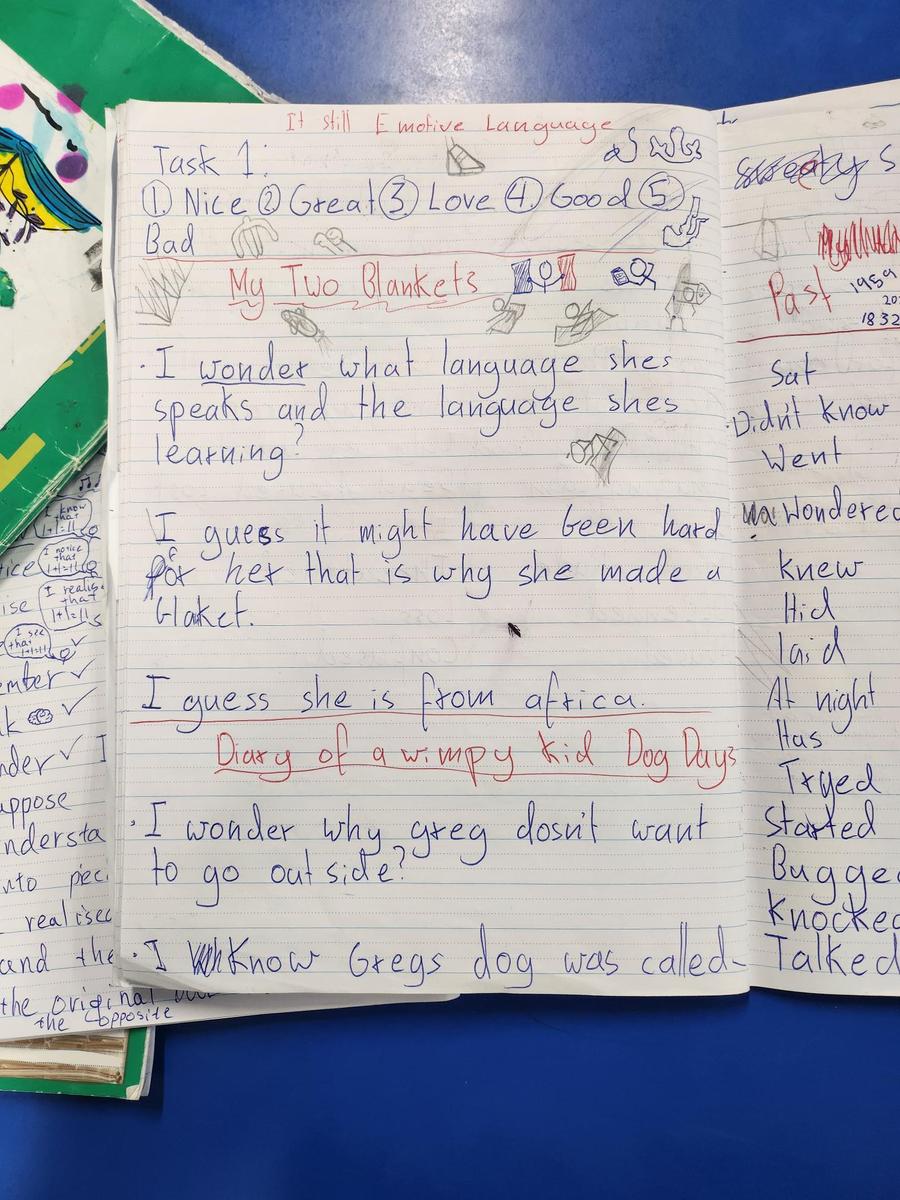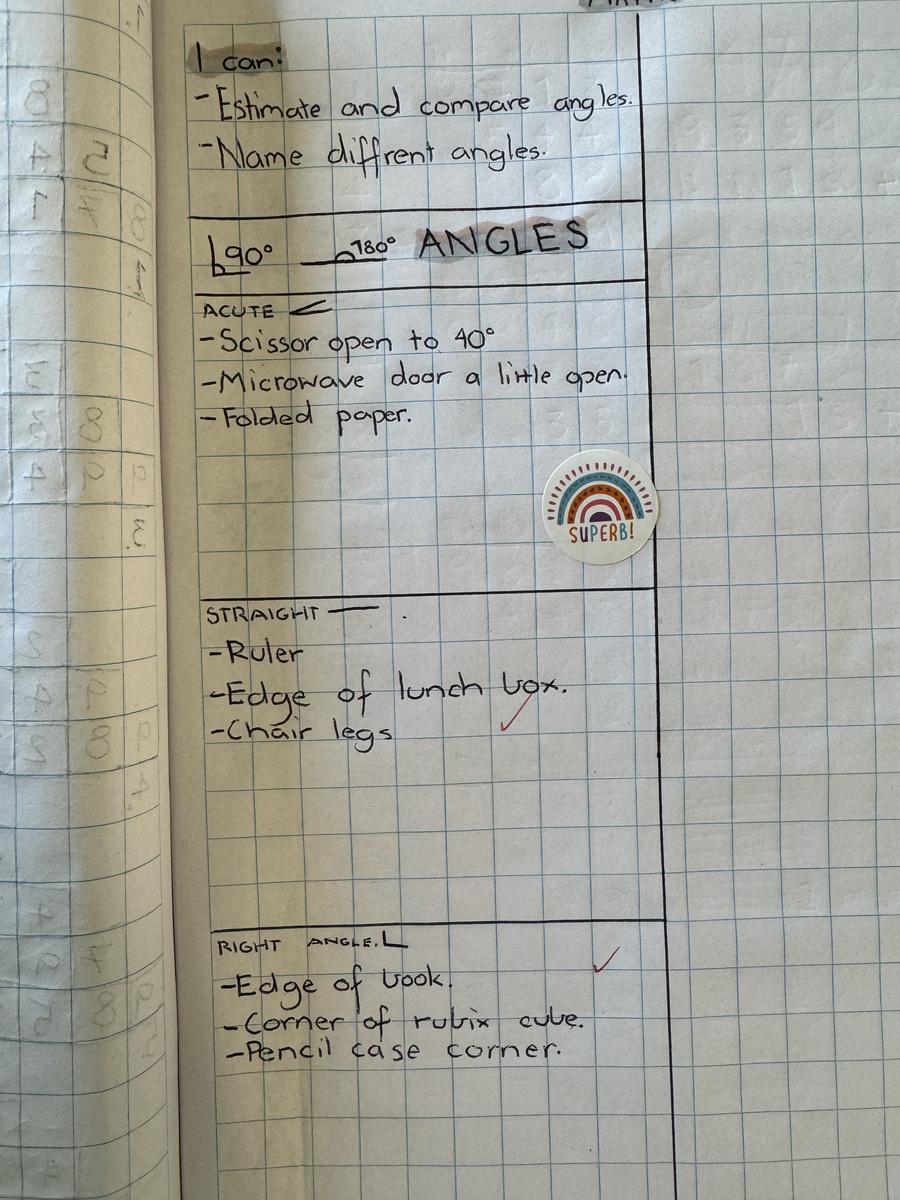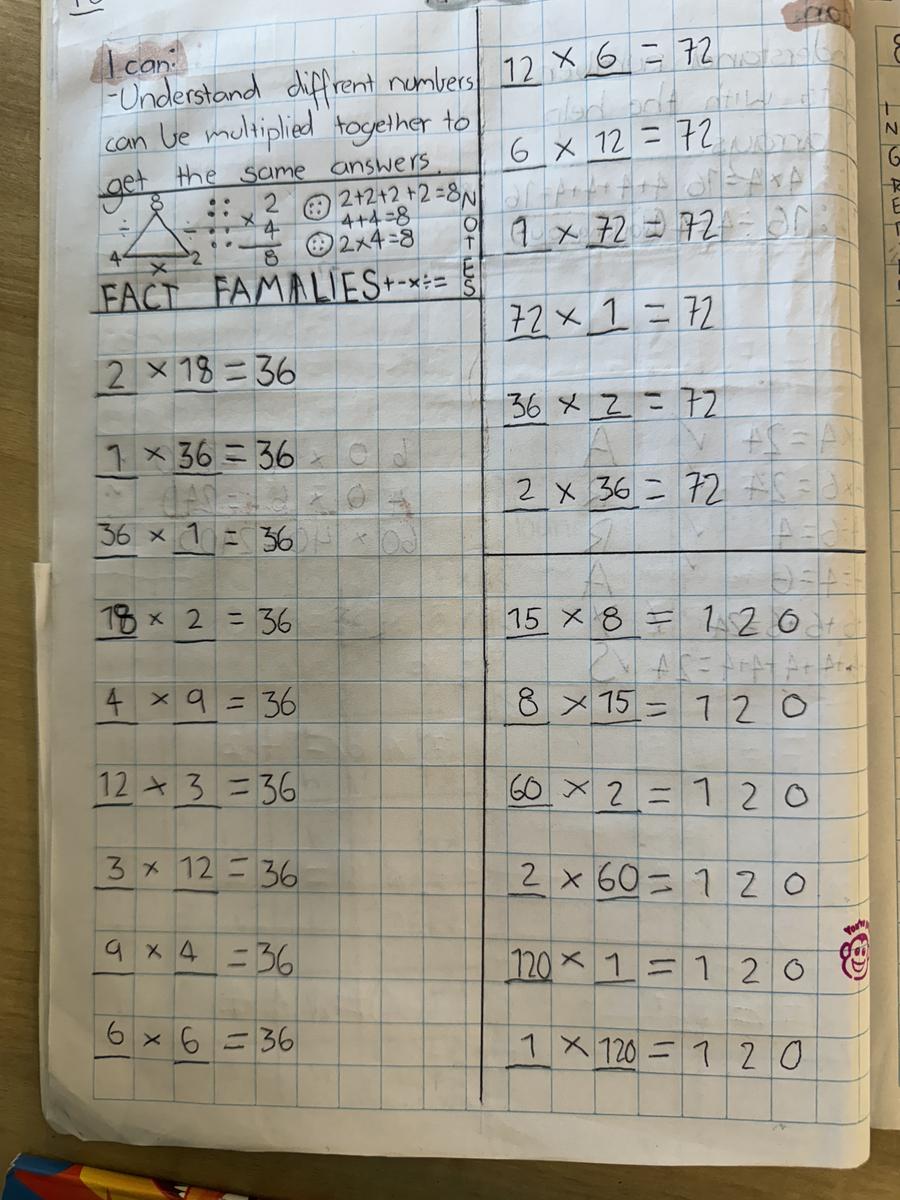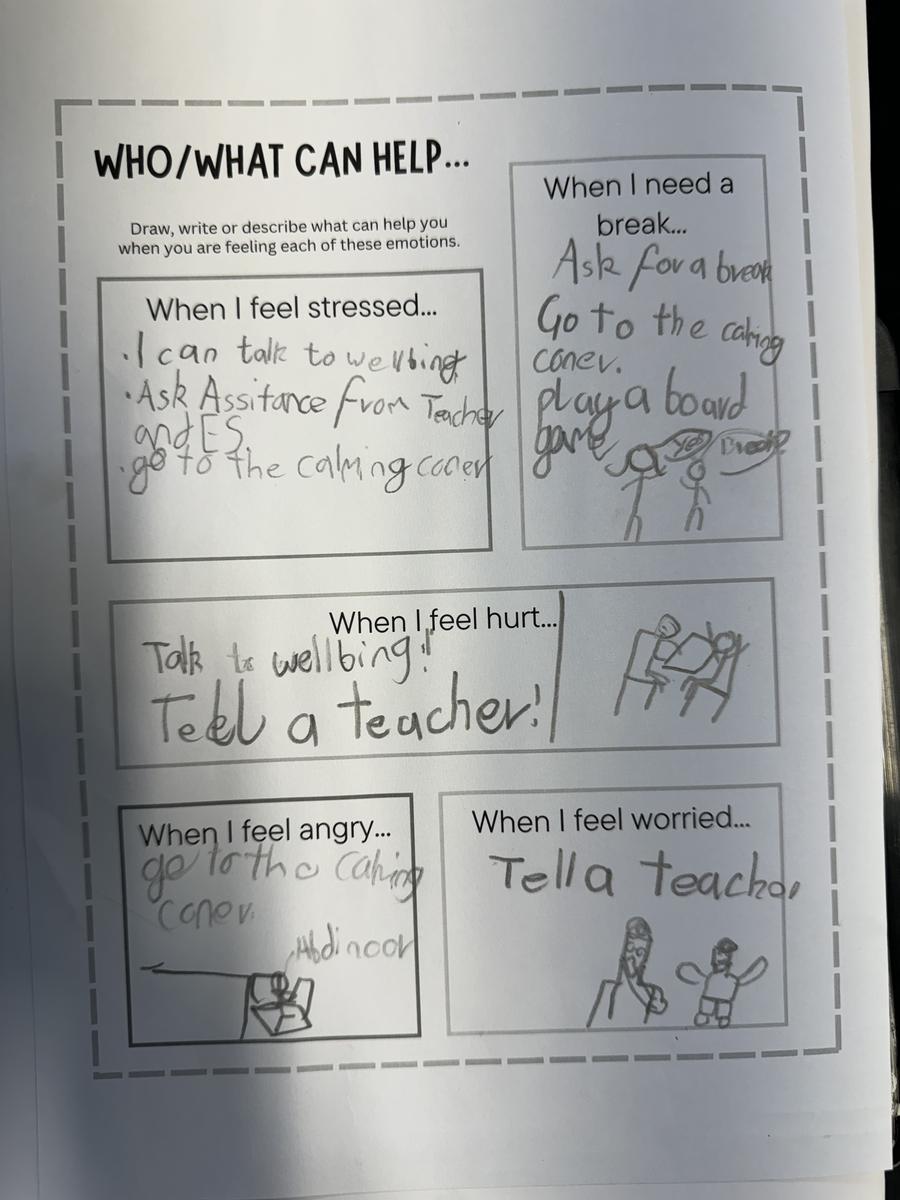Apollo Community.
Teachers: Donna 4A, Gurmeet 4B, Rania 4C, Priscilla 4D, Maddy and Rebecca 4E

Apollo Community.
Teachers: Donna 4A, Gurmeet 4B, Rania 4C, Priscilla 4D, Maddy and Rebecca 4E
Rania- Welcome
Term 4! What an eventful year we have had and so many fun activities providing our students and your children with memorable experiences. We encourage you to continue supporting students with their learning at home by reading every night and asking them about what they learnt during the school day to ensure they are locking in those fundamental skills in their memory.
Reminders:
4th November Curriculum Day
5th of November Melbourne Cup
Sun smart Term: Students are most protected when wearing a broad brim hat to protect them from the sun's harmful UV rays and sunscreen. Please provide your child with a hat to wear at school. This does not have to be a school hat.
When UV index levels are 3 or above (generally from mid-August to the end of April in Victoria, which covers most of the school year).
READING
In Reading, students have been exploring various fiction texts such as ‘The True Story of the Three Little Pigs’, ‘The Invisible Boy’, ‘My Two Blankets’, ‘Mirrors’ and ‘Where the Wild Things Are’. They actively used thinking verbs to articulate their opinions, which helped clarify their personal views. They learnt to distinguish between opinion, fact, and feeling, enhancing their critical thinking skills. Students also identified figurative language such as simile, metaphor, oxymoron, onomatopoeia, personification in texts, allowing them to appreciate the authors’ creative techniques. Additionally, students explored the perspectives of characters, fostering empathy and deeper comprehension. Lastly, they identified adjectives and emotive language, enriching their understanding of tone and the emotional impact of the writing.
























WRITING
In Writing, this term students have been exploring Narratives and how to write them with a focus on using wow words and adjectives to make their writing more engaging and descriptive. Students have also written narratives using fairytales as inspiration and collaborated with their peers in creating a shared story. Another focus has been on tenses (present, past and future) and this has allowed students to identify how authors use tenses in their writing and students have been practising writing short paragraphs with different tenses. Students have also been working on their editing of their work using the “CUPS” and “ARMS” strategy to help identify how they can improve their writing. They also have had opportunities to publish their narrative writing either on good copy paper or on technology such as word and book creator.






Rania- MATHS
In Maths this term, students have been learning about symmetry through geometry, which allows them to manipulate shapes and better understand the properties of symmetry. Specifically, they have been identifying line symmetry (when a shape can be folded into two identical halves) and rotational symmetry (when a shape looks the same after being rotated by a certain angle).
This term’s real-world focus has been on financial literacy, where students have solved problems involving purchases and calculating change. Whether with or without digital tools, students have practised determining the amount of change required in transactions to the nearest 5 cents. In addition to symmetry and financial literacy, our students have been practising problem-solving strategies for multiplication and division, particularly focusing on questions without remainders. They have worked through a variety of word problems that require them to apply these operations in context. To help with this, we’ve introduced a range of strategies, including using arrays, number lines, and grouping models to break down the problems and find solutions. These strategies help build a strong foundation in understanding multiplication and division, making sure students are comfortable with both the operations and the reasoning behind them.
Students have been recalling and demonstrating proficiency with multiplication facts up to 10 × 10 and related division facts. Beyond simple recall, they have been exploring patterns within multiplication tables to help them understand relationships between numbers. For example, students have noticed how doubling in the 2x table relates to the 4x table and so on. To extend this knowledge, they have begun applying these facts to compute larger numbers. Students have practised both mental and written strategies for solving problems that involve multiplying and dividing larger numbers without the use of calculators. Strategies include breaking numbers into smaller, manageable parts (such as using the distributive property/place value) and recognising useful patterns in numbers.
Students recognised line and rotational symmetry in shapes and used dynamic geometry software to create their own symmetrical patterns and pictures. This supported them to develop a deeper understanding of symmetry in both mathematical and real-world contexts. They learned to measure and compare the mass of objects using both formal and informal units. Students solved problems involving the duration of time, practised using ‘am’ and ‘pm,’ and made conversions between units of time, they explored different types of angles and how to measure them and worked on reading and comparing temperatures, understanding temperature scales and their real-world applications.
This term, students have been exploring the exciting world of probability. They have learned to describe possible everyday events and the outcomes of chance experiments, such as rolling dice or flipping coins. Through these activities, they developed the ability to order events based on their likelihood of occurring, from "certain" to "impossible," and everything in between.








INQUIRY
In Inquiry this Term students explored the topic active citizenship. They identified the difference between a rule and a law and explored how decisions are made democratically. Students examined the role of a local government in contributing to community life. Students learned how rules are created and which authorities are responsible for making them. Students' main learning goal was to develop a deeper understanding of what it means to be an engaged and informed citizen in their community.


SEL
In SEL students have focussed on looking at their own and other’s character strengths and values and how these impact on their decisions. Students have broadened their understanding of how similarities and differences impact their relationships with each other as friends and classmates. Our Care Values Caring for Self and Caring for Others are promoted and often discussed as they develop their concept of friendship, fairness, and personal responsibility.

